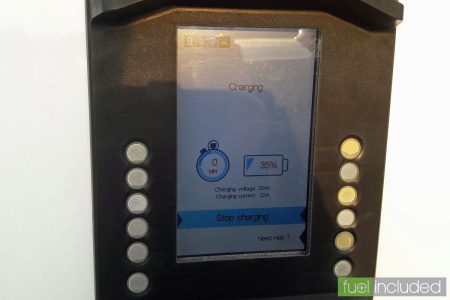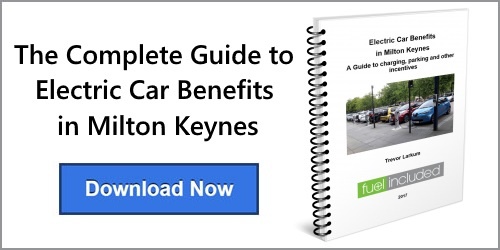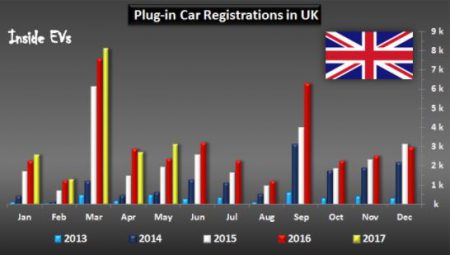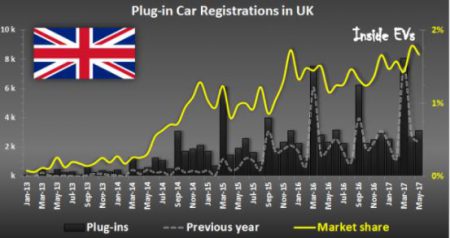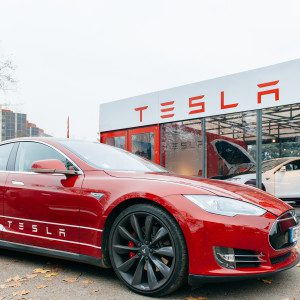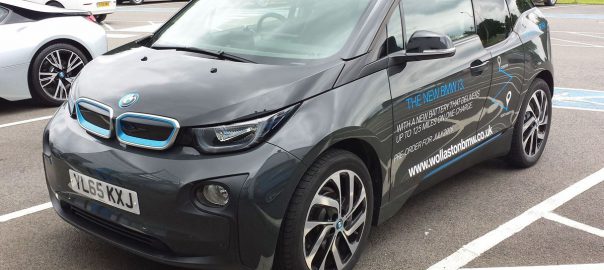An electric vehicle charge point has been installed in the Tove Short Stay car park in Towcester by South Northamptonshire Council (SNC).

The charge point is a type-two floor mounted socket which is part of the Charge Your Car electric vehicle re-charging network.
The charge point can be activated by using the Charge Your Car access card, Charge Your Car mobile phone app or automated pay-as-you-go telephone line and is compatible with most electric vehicles.
There are two parking bays designated for electric vehicle charging only and they are marked in green.
Parking restrictions of three hours maximum stay, with no return within 3 hours Monday to Friday 8am until 6pm still apply.
Cllr Dermot Bambridge, SNC’s portfolio holder for environmental services, said:
“This is a really proactive step forward in the move towards greener energy sources in the district.
“As a council it’s important for us to encourage the use of more environmentally friendly travel options, and also pave the way for other councils to follow suit.
“I hope that, as electric vehicles become increasingly accessible and common place, we will see an increase in use and adoption of charge points such as this.”
Electric vehicle owners will need to supply their own cable in order to use the charge point.
Rebecca Roper, Community Manager for Charge Your Car, also said:
“Here at Charge Your Car we want to make it as easy as possible for electric vehicle drivers to charge their cars, so it’s encouraging to see organisations such as SNC taking the initiative and installing charge points in more rural locations.”
Source: AboutMyArea/Northamptonshire







